latest
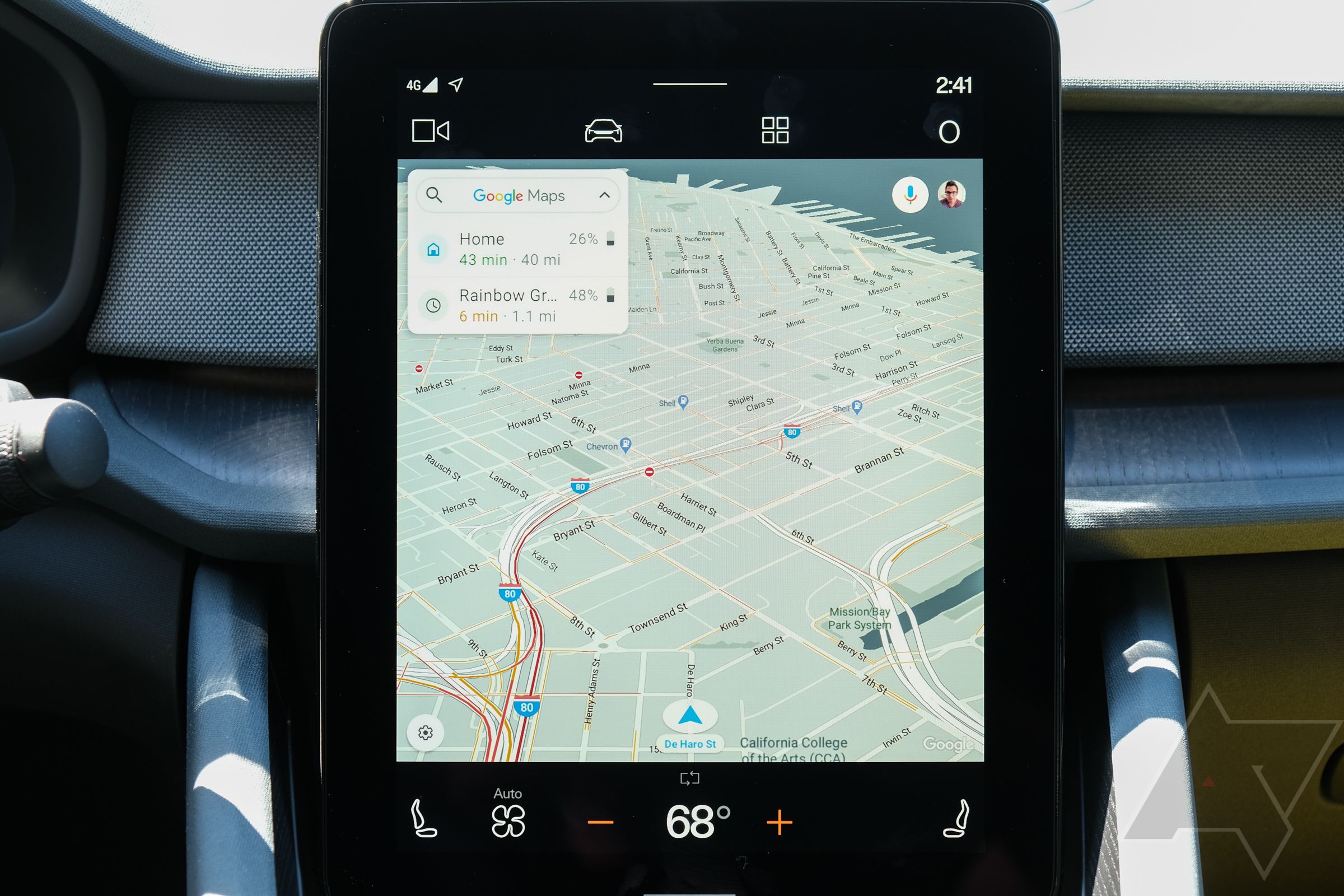
The first Android Automotive car is keeping good pace with OS updates, so far
Polestar 2 drivers are now up to date with the latest version
Android Automotive still hasn’t made much of an impact among car buyers, but that’s to be expected when very few manufacturers have started shipping it with vehicles in the two years since Google collaborated with Polestar to launch the first model. Nevertheless, many people are understandably nervous about committing to a smart infotainment system for the better half of a decade when it runs on an OS with a reputation for losing updates after two or three years — thank the phone makers for that one. It’s still too early to judge how things will turn out for cars, but a new update for the Polestar 2 marks its second major OS update, and the point where we probably have to start watching for both good and bad habits to emerge.
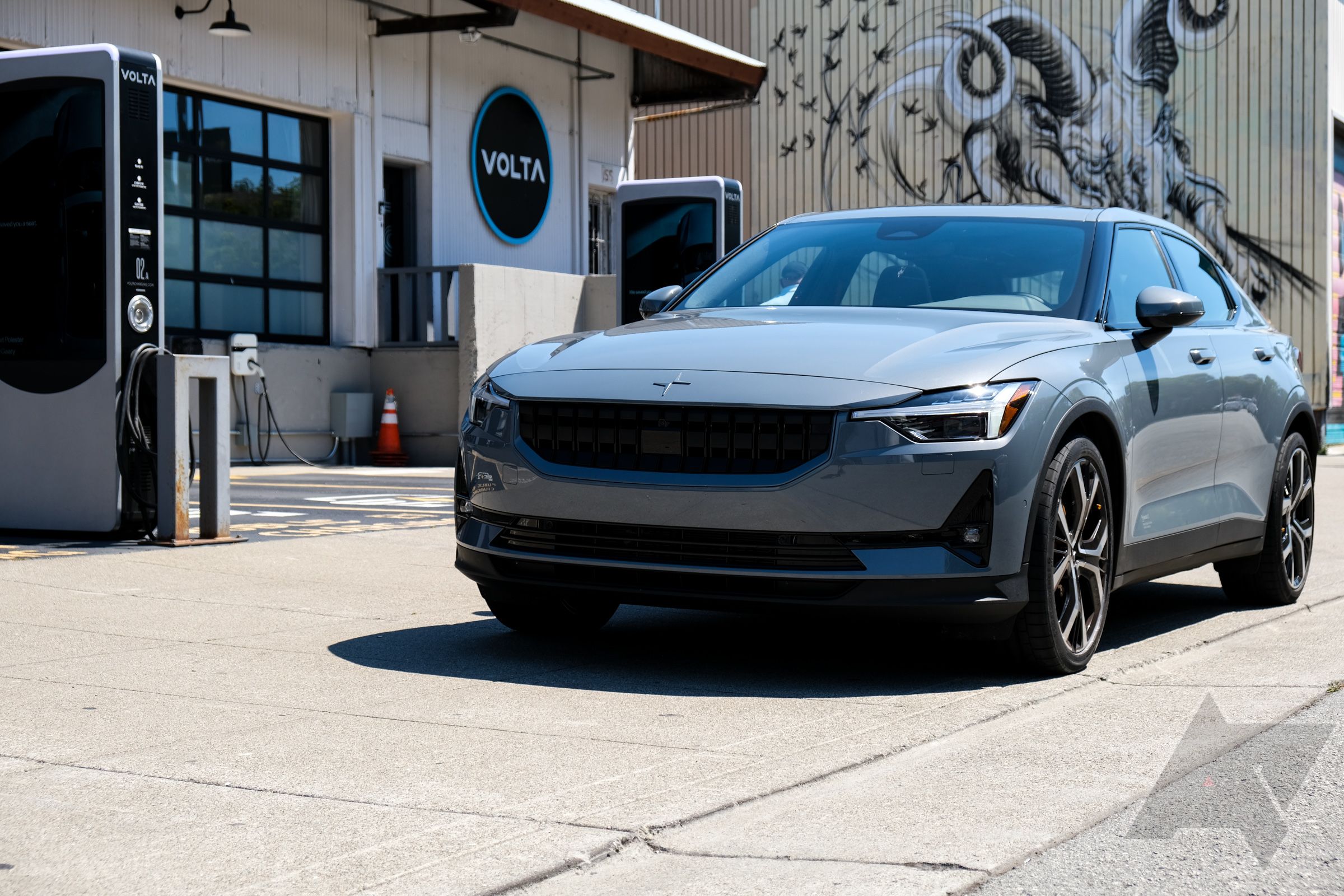
Polestar 2 Android Automotive review
Google finally gives you a car worth talking to, and it's called Polestar 2
In all likelihood, Android Automotive is a flavor of Google's near-ubiquitous operating system you've never actually used, and probably won't (statistically) for a long time yet. It's also, in my eyes, the most important version of the platform since the original. About two weeks ago, I spent four days with Automotive in the Polestar 2, an EV from the sister brand of Swedish carmaker Volvo, that launched in the United States in 2020. I also drove it last year for a few short hours, and didn't exactly have the time to fully flesh out my thoughts on the car, the software, and how it all works together in a cohesive way. This time, I had the leisure of living with a Polestar 2, anemic charging infrastructure and all, as my daily driver, with Android Automotive as my steadfast copilot. And you know what? The future of Android looks bright.
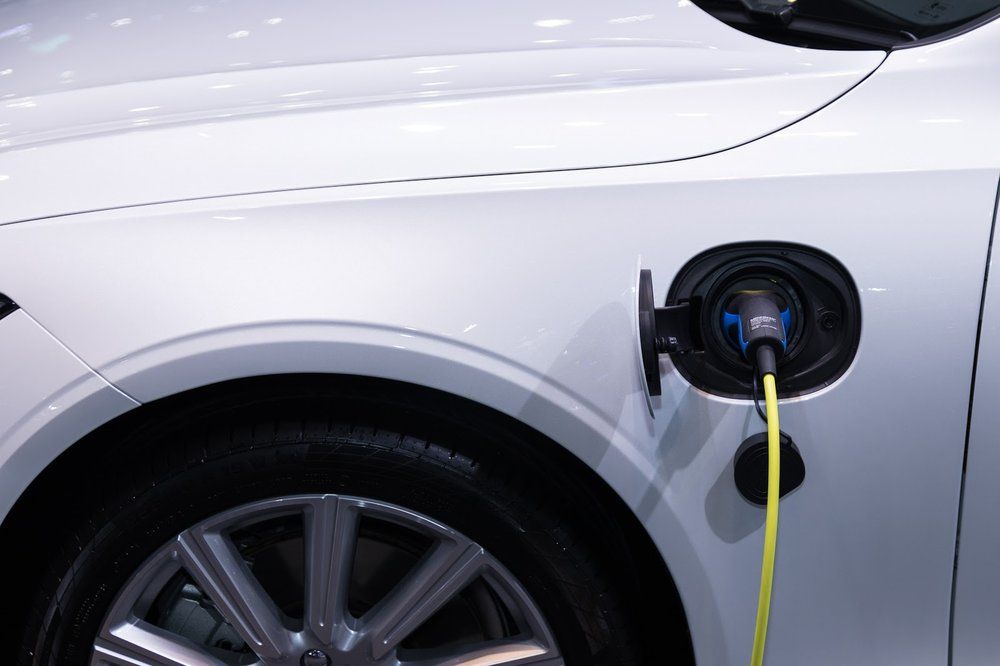
Google is waging war against EV range anxiety
New Google Maps features for Android Automotive in electric cars improve route planning
For many, the hardest part of having an electric vehicle is route planning on longer trips. In-range drives aren't really an issue, but if you have to stop to charge, it can be a bit of a hassle estimating when and where to do it, and it gets more complicated the longer the trip is. A conservative estimate just wastes time, which is already at a premium with you having to wait at each pit stop to top up. But for EVs with Google Maps built-in, like the recent Polestar 2 and Volvo XC40 Recharge, it's less of an issue thanks to some new tweaks rolling out now.
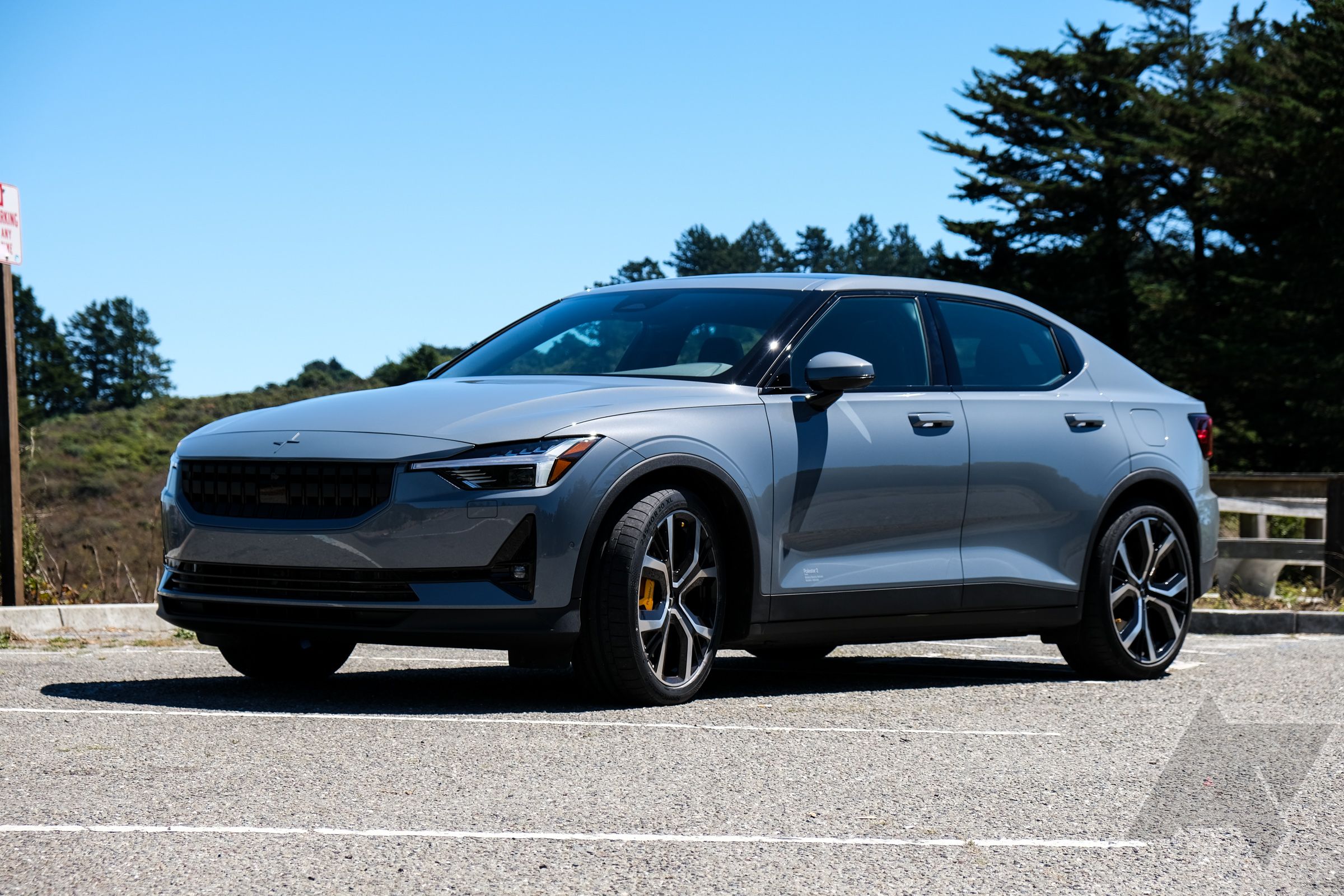
I drove the world's first car with Android Automotive for a day — here's what it's like
Google's in-car OS could be a game-changer for the next generation of mainstream vehicles
The Polestar 2 is a very important vehicle. It's the first legitimate EV competitor to Tesla's Model 3, and Polestar's first mass-produced vehicle, both of which are incredible milestones. But we're taking a look at it from the perspective of another huge first: the debut of Google's Android Automotive, an in-car infotainment operating system designed to control everything from navigation and music to your air conditioning and traction control settings. Entrusting Google to build such a platform may sound a bit iffy if you're not familiar with the vehicle space, but if you are, you know automakers have been using Android for years, generally without Google's blessing (and often ludicrously old versions of the platform). After a day with the Polestar 2 in the winding hills of Northern California, I can tell you confidently that Google's cooperation has helped Polestar build a smarter car.
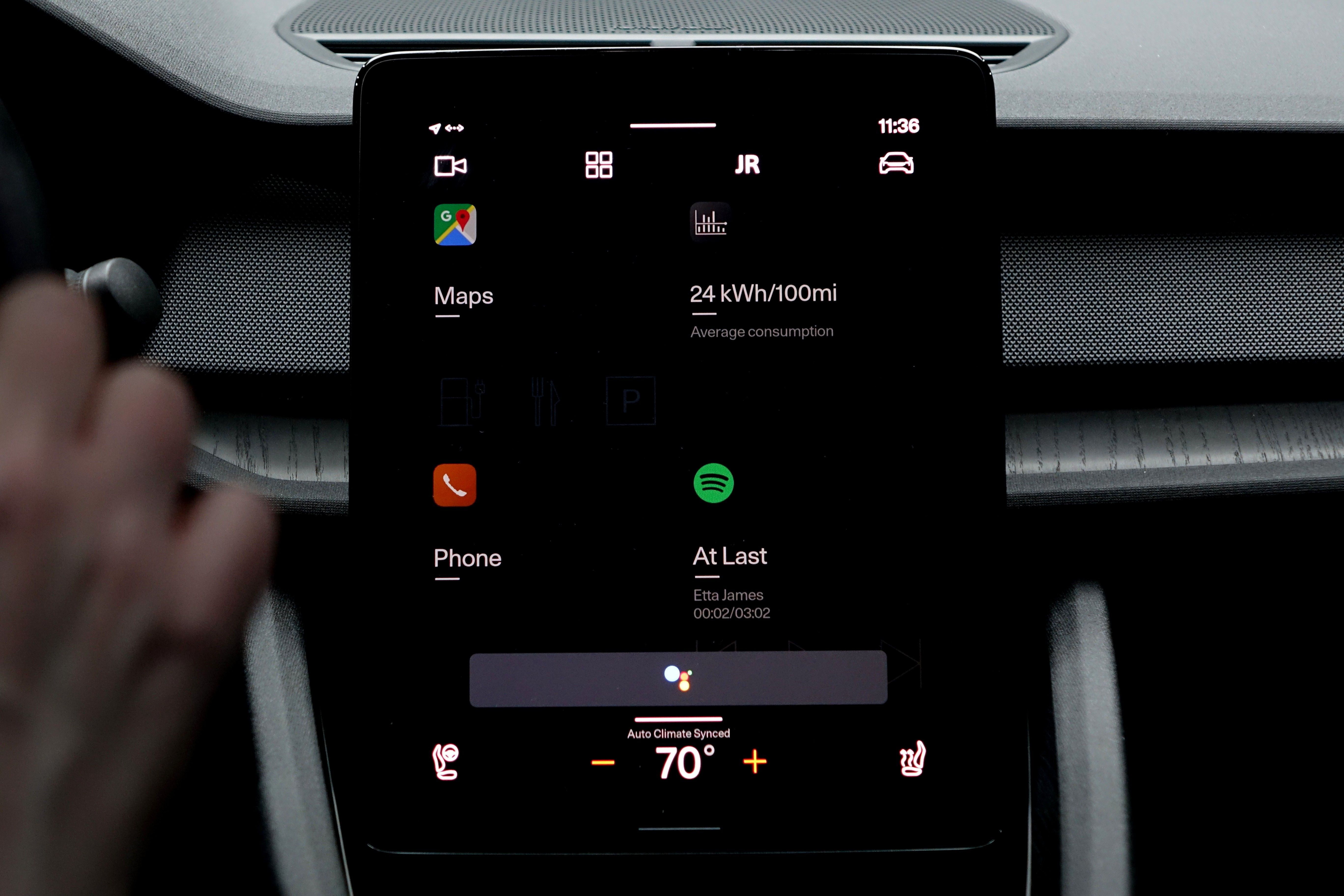
Android Automotive as a platform has, technically, existed for years. The problem is that, compared to a smartphone, it takes a long time to design and build a car, so Google's had to wait those years to give the system a proper introduction. After spending some time seeing it demonstrated in the upcoming Polestar 2 (an all-electric vehicle), I think the wait was worth it: this looks legit.
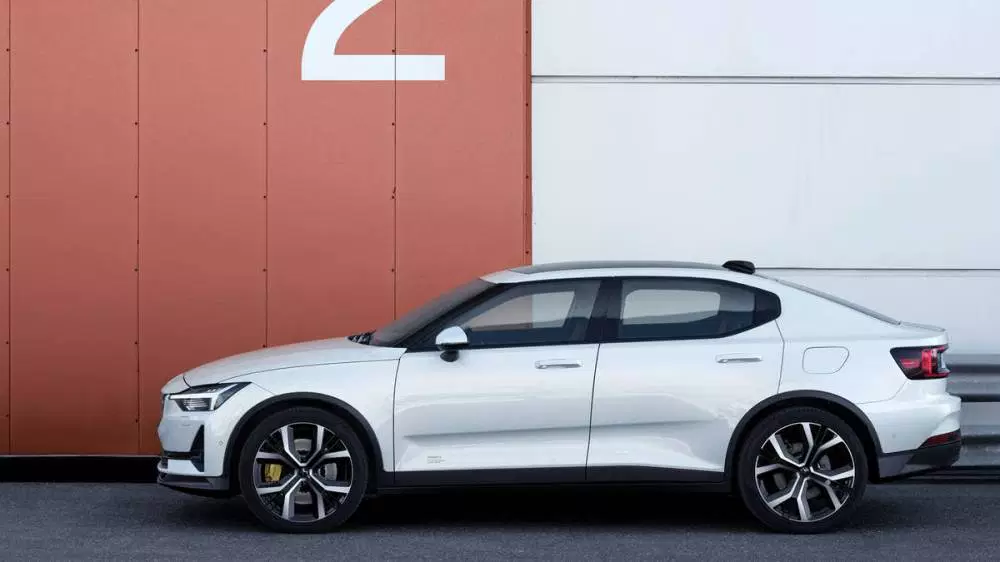
Volvo has just taken the wraps off of the Polestar 2, an all-electric sedan-crossover thing intended to go head-to-head with the Tesla Model 3. The affordable electric car aspect isn't the only talking point of this; it's also the first vehicle with Google's deeply-integrated Android Automotive infotainment system.
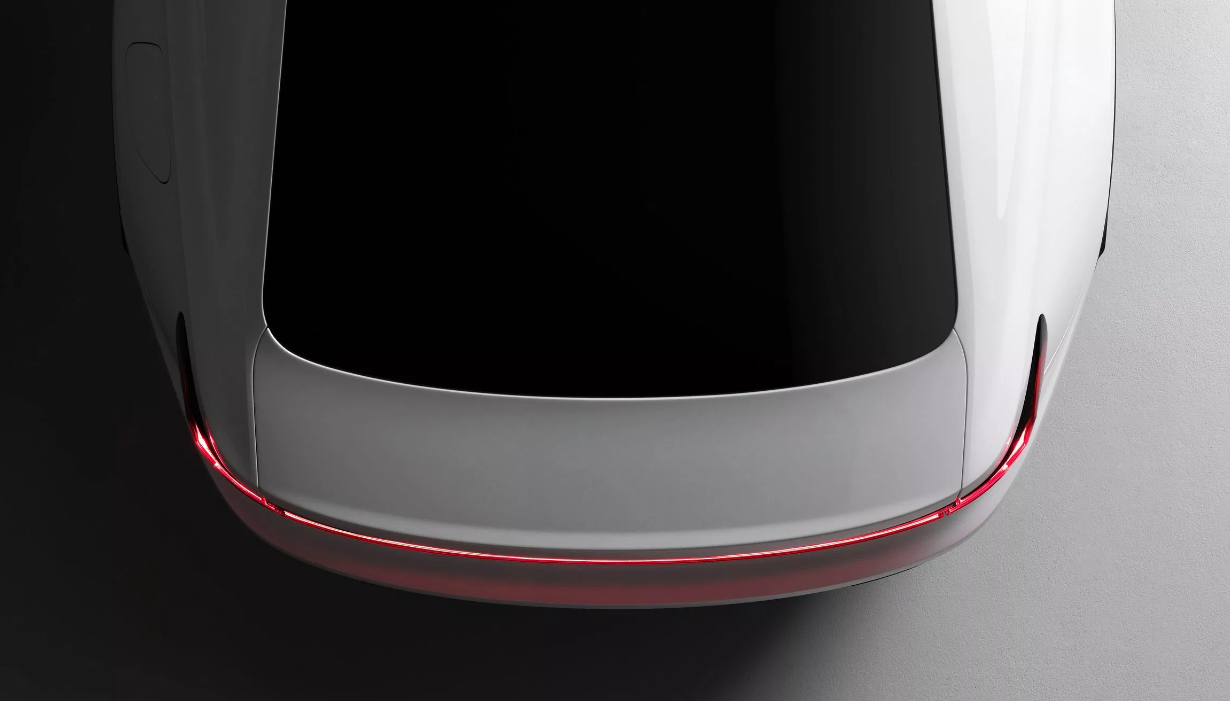
Back at I/O '17, Google announced that Volvo and Audi would be the first manufacturers to introduce a standalone, more deeply integrated version of Android Auto. One year later, at I/O '18, Google actually showed off several cars with prototypes of what it now called "Android Automotive." Now that Volvo has revealed that its all-electric Polestar 2 will be the first car with Android Automotive onboard, we finally have a more concrete arrival date for Google's long-awaited infotainment system.



